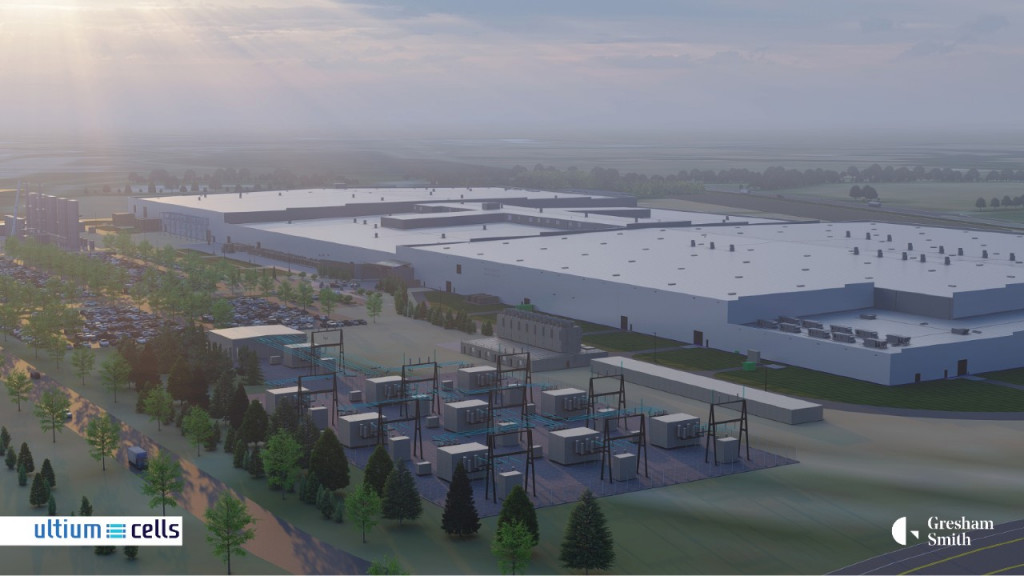LG Chem announced Tuesday that it’s planning a mammoth cathode material plant in Tennessee that will aid U.S. domestic electric vehicle battery production.
According to LG, the plant will be the largest of its kind in the U.S., and once running at capacity it will be able to produce 120,000 tons of the cathode battery material—enough to make batteries for 1.2 million EVs annually, assuming a 310-mile range per vehicle.
LG Chem said that the new site will plan a key role in quintupling its battery materials business by 2027, versus 2022 levels. It will also help automakers purchasing U.S.-made battery cells comply with pending raw-materials sourcing rules in the Inflation Recovery Act. That push to comply has been complemented recently with a long list of federally funded battery supply-chain projects across 12 states.
Meanwhile, cathode-materials prices have been surging, largely due to a heightened demand for them as cell makers ramp up.

EV battery cathode material price trends, 2010-2021 - U.S. DOE
Tennessee Governor Bill Lee on Monday, according to the Tennessean, called the LG Chem plant the “largest single foreign-direct investment in the state’s history.”
The facility will make NCMA (nickel, cobalt, manganese, aluminum) cathode materials for next-generation batteries that have improved capacity and stability, LG Chem says—extending battery capacity and EV life. The facility will create more than 850 jobs, yet the company said it plans to automate the entire production process while establishing “a quality analysis and control system that will be the benchmark for all other cathode plants in the world.”
That serves as a reminder that another LG company, LG Electronics paid GM $1.9 billion for a battery manufacturing issue that led to the recall of every Chevrolet Bolt EV made, plus widespread battery pack replacement under the recall. That issue was attributed to two unrelated manufacturing defects that needed to be present simultaneously and, while it’s unrelated to the cathode materials this plant will be making, it’s a reminder on the importance of quality control.

Conceptual drawing of Ultium Cells plant in Tennessee
The company didn’t say where the cathode material will be supplied to. General Motors announced in July that it has “contractually secured” all battery raw materials to meet production of 1 million North American EVs by 2025, although it’s unclear whether this is included in that figure. Ultium Cells LLC joint-venture battery plants in Tennessee and Ohio will be among four plants making cells for GM EVs. Meanwhile, Honda and LG Energy Solution have committed $4.4 billion to a joint-venture battery plant in Ohio for future Honda EVs, and LG Energy Solution and Stellantis are partnering in a $4.1 billion battery manufacturing plant in Canada.
LG said that the facility will run on 100% renewable energy. According to the Tennessean, the site’s access to Tennessee Valley Authority energy played an important part in the decision.
The plant will start mass production in late 2025, while construction of the plant is set to start in the first quarter of 2023.













